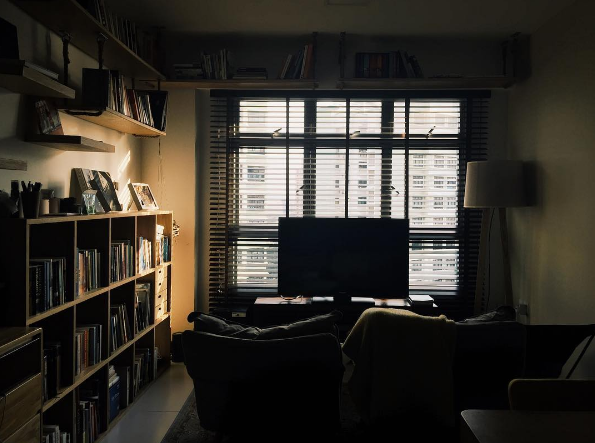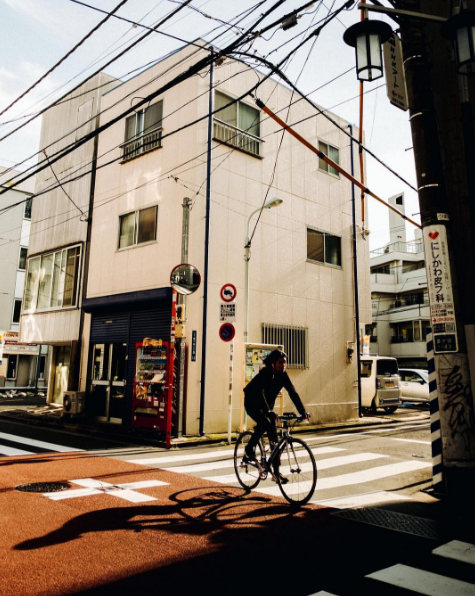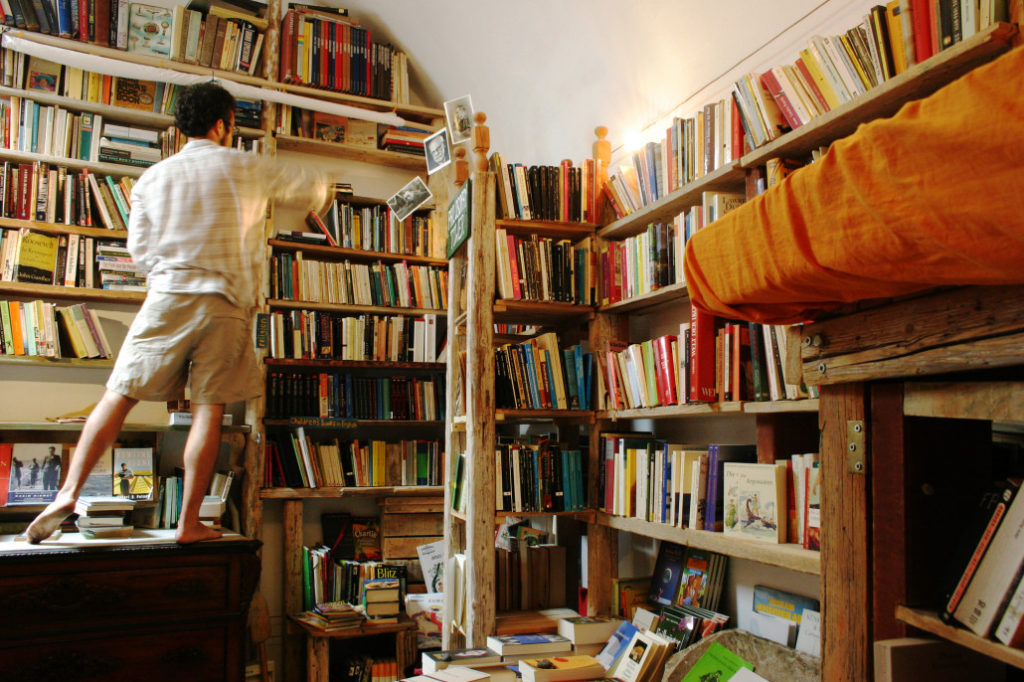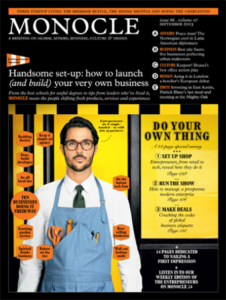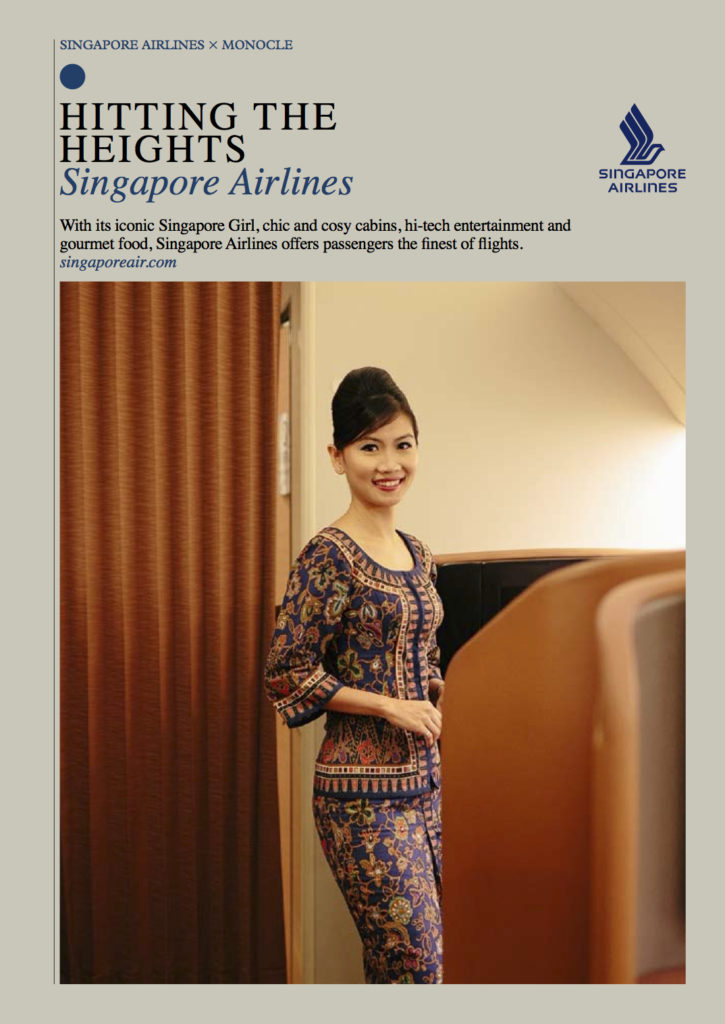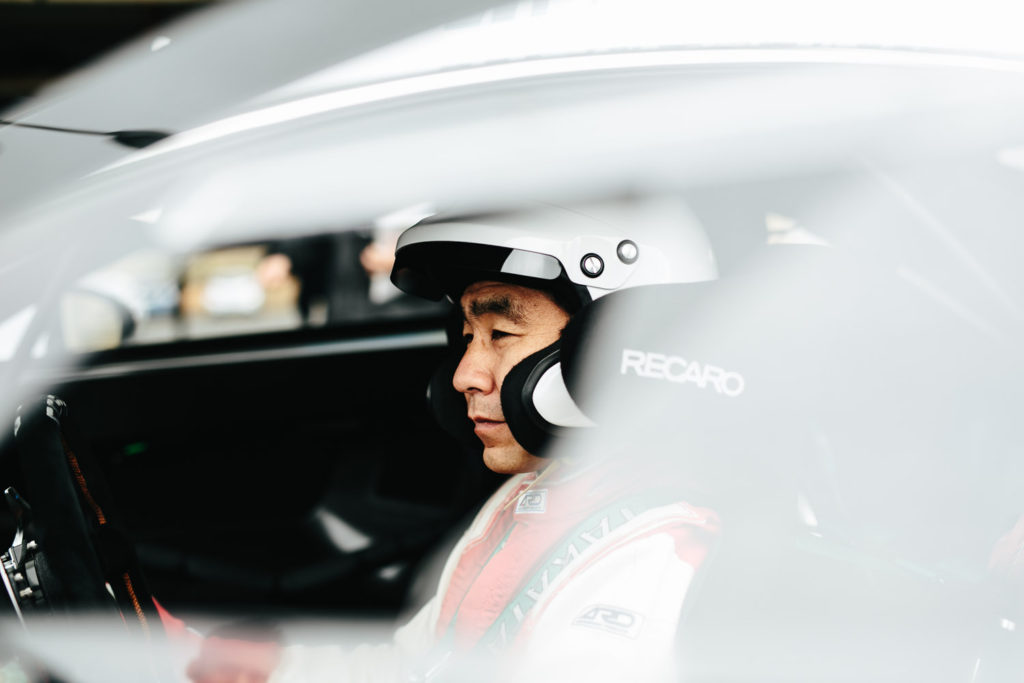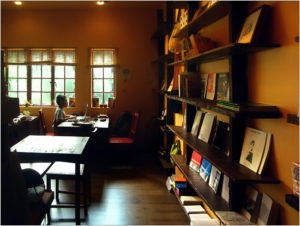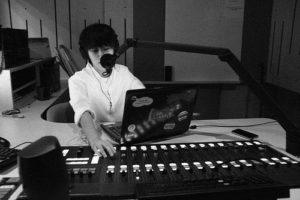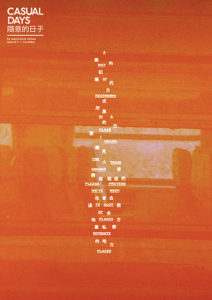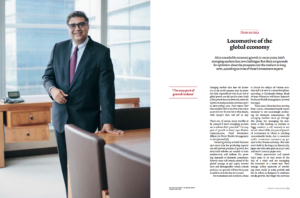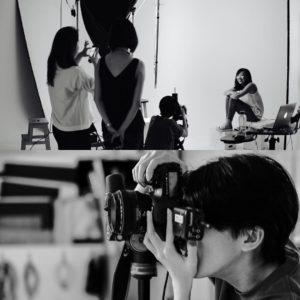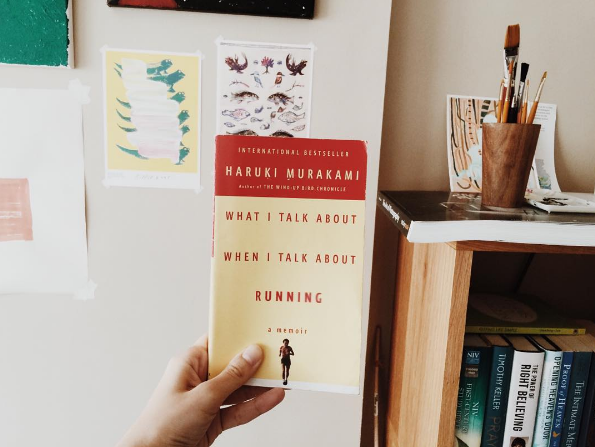
“I’m the kind of person who likes to be by himself. To put a finer point on it, I’m the type of person who doesn’t find it painful to be alone. I find spending an hour or two every day running alone, not speaking to anyone, as well as four or five hours alone at my desk, to be neither difficult nor boring. I’ve had this tendency ever since I was young, when, given a choice, I much preferred reading books on my own or concentrating on listening to music over being with someone else. I could always think of things to do by myself.”
― Haruki Murakami, What I Talk About When I Talk About Running
I was never a huge fan of running until I read the Haruki Murakami book “What I Talk About When I Talk About Running”. In fact I have always downright hated it. Running always felt like the most boring sport on earth to me. Just me and my thoughts, pounding on the pavement. And pain – pain in the lungs, pain in the feet, pain everywhere. And the heat. Argh.
But my feelings about running changed almost entirely after I read the Murakami book. In fact I loved it so much I read it twice.
The first time I read it, I was just thrilled to see that the book wasn’t all about running, but also gave a rare glimpse into Murakami’s inner life as a writer. (I like the anecdote about how Murakami, upon realizing he wanted to be a writer for life, decided to ditch all his bad habits and focus on his health and fitness, just so he could live for as long as possible doing what he loves. I totally identify with the sentiment, although I certainly don’t practise it like he does.)
The second time I read it, I suddenly felt a strange impulse to get out and run. So I did.
I began running every day. On the first day I could barely manage one round around the block. On the second day I ran a little further. I told myself that it was okay to run as little as I could manage, as long as I increased the distance – no matter how little – every day.
Slowly, miraculously, I began to enjoy running. It was mainly because the more I ran, the easier it became. And then there were the… sensations. The wind in my face and hair as I ran. The slight ecstasy at the end of every run. And the feeling that I was actually getting better at something I’ve always been really bad at.
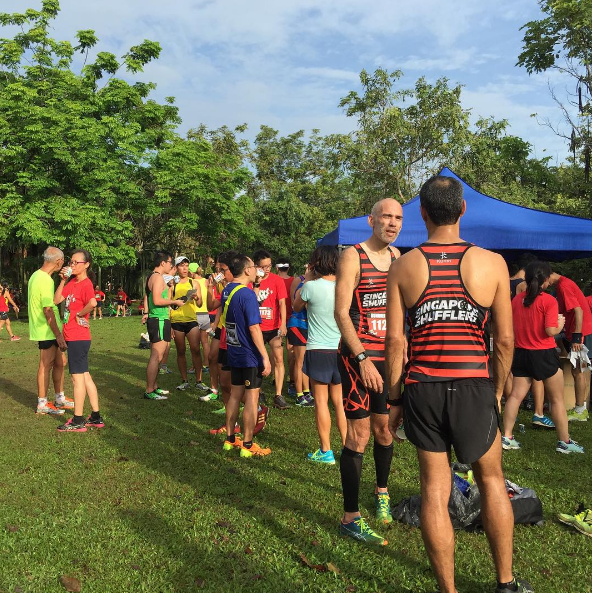
Spending the first day of 2016… running.
Very soon I realized – running has very little to do with the body but everything to do with the mind.
Especially on a bad day, when all you want to do is not run.
On those days, it would suck to think that there were still 2km ahead of me, or 5km. The end point always seemed unimaginably far away.
Unreachable.
Then I began using a mental trick. Instead of focusing on the finishing line, on the vast distance ahead of me, I focused simply on reaching the next tree. As you know, Singapore’s pavements are lined with trees – I’m not sure of the exact distance between the trees, but they are never far apart.
By focusing on only reaching the next tree, I suddenly had a reachable goal. Every time I passed one tree, I was motivated to again reach the next tree.
That was how I made myself run without stopping, even on days when I was dead set on not running.
It struck me – how important it is to just focus on the current step and to set small, short-term goals. The next tree. The next lamp. The next traffic light. Conquer the milestones one by one, little by little. Don’t think about the end. Just relax and enjoy the run while you’re at it.
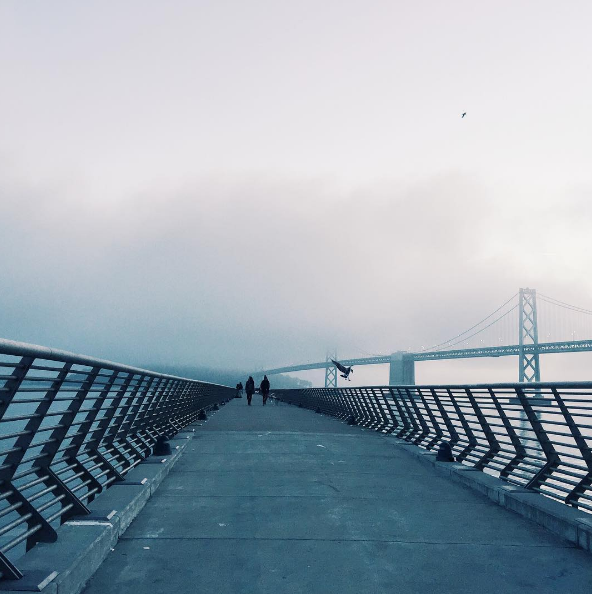
Running by the San Francisco Bay Bridge at 7am. Glorious.
The same lessons can also be applied to my journey as a photographer. At the beginning, I did not think I possessed what it took to become a professional photographer. And I could not imagine actually reaching that point.
But I aimed for the next tree.
First I did some lowly paid work for a fashion blog shop. They paid me $150 for 3 hours, if I remember correctly, and I did the gig for months. It was uninspiring and boring work, but in the process I learnt valuable things about how to edit my photos, how to have a better editing workflow, how to balance studio light with natural light, etc. I also shot for a lot of friends for free in return for the chance to learn how to interact with my subjects.
Then once I did a terrible job at shooting the interiors of a construction company’s headquarters, and that was how I learnt to become better at photographing spaces.
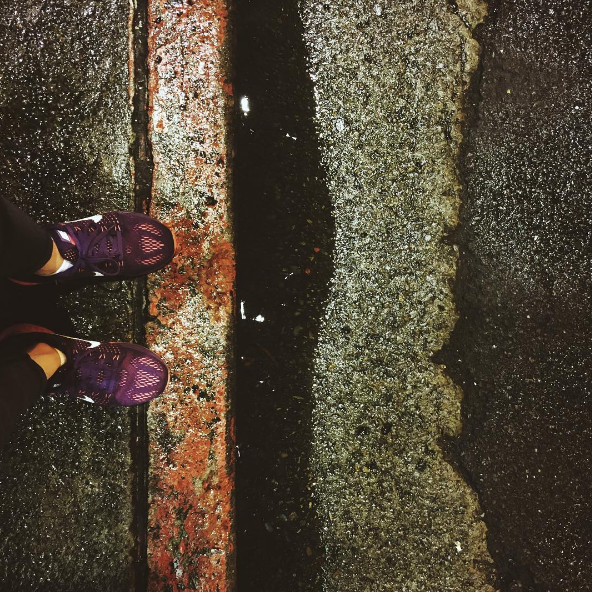
Running in Taipei on a rainy day.
“For me, running is both exercise and a metaphor. Running day after day, piling up the races, bit by bit I raise the bar, and by clearing each level I elevate myself. At least that’s why I’ve put in the effort day after day: to raise my own level. I’m no great runner, by any means. I’m at an ordinary – or perhaps more like mediocre – level. But that’s not the point. The point is whether or not I improved over yesterday. In long-distance running the only opponent you have to beat is yourself, the way you used to be.”
― Haruki Murakami, What I Talk About When I Talk About Running
So yes, here you are reading this and wanting to become a successful designer, illustrator, writer, photographer… and thinking about what a mammoth task it is going to be. You almost want to just forget all about it and go back to finding a new job (or hiding in a hole).
Well, it IS mammoth. You have this mountain right in front of you that you need to scale. If you contemplate the entire distance it takes before you can reach the summit, you might just give up here and now.
But if you think only of the next step, the next pit stop, the next camp…
Who knows, maybe you might just get there someday.
